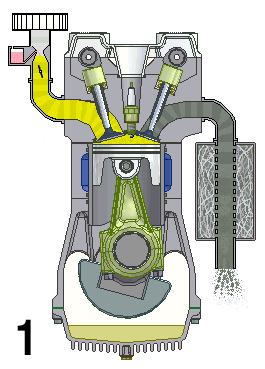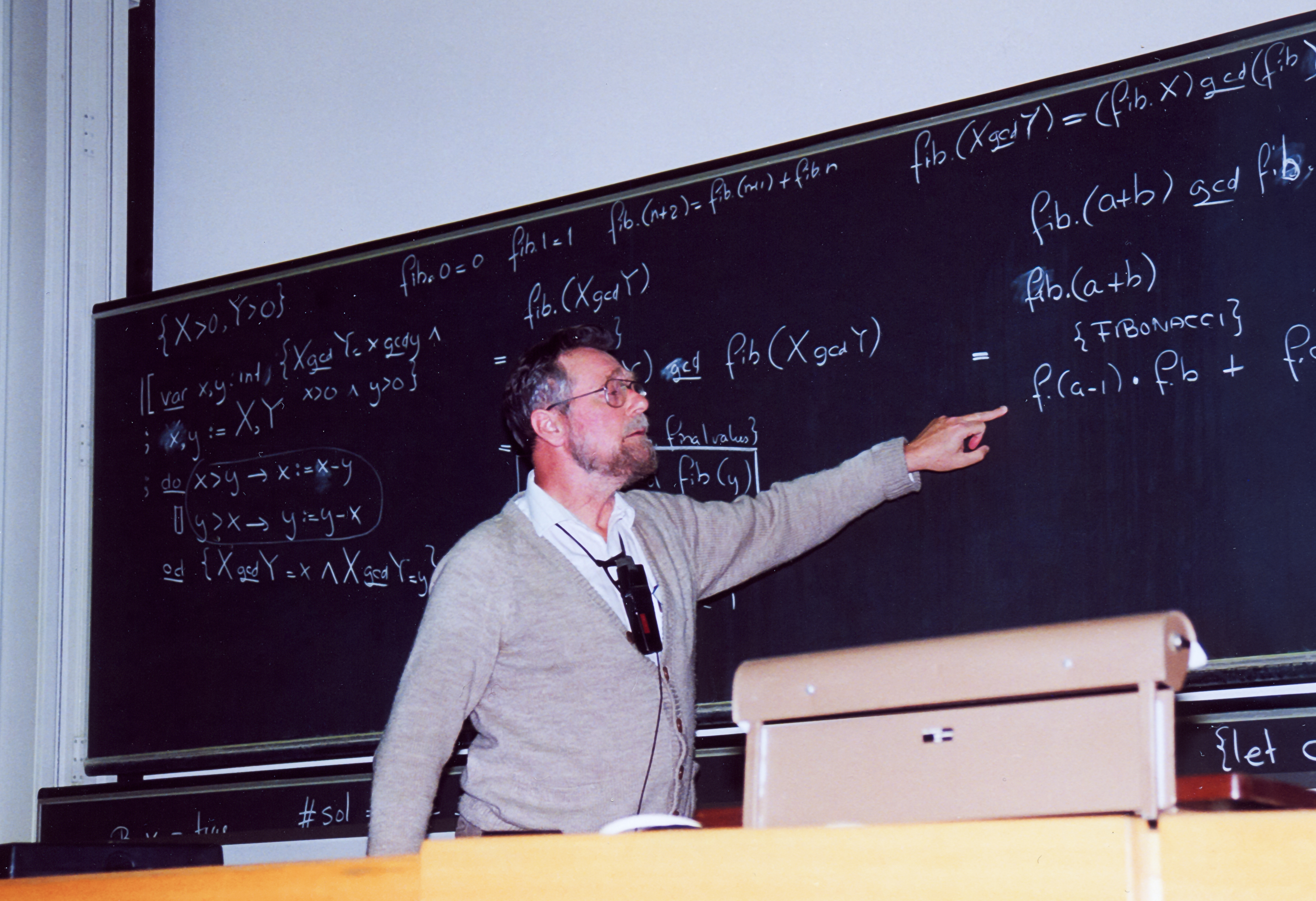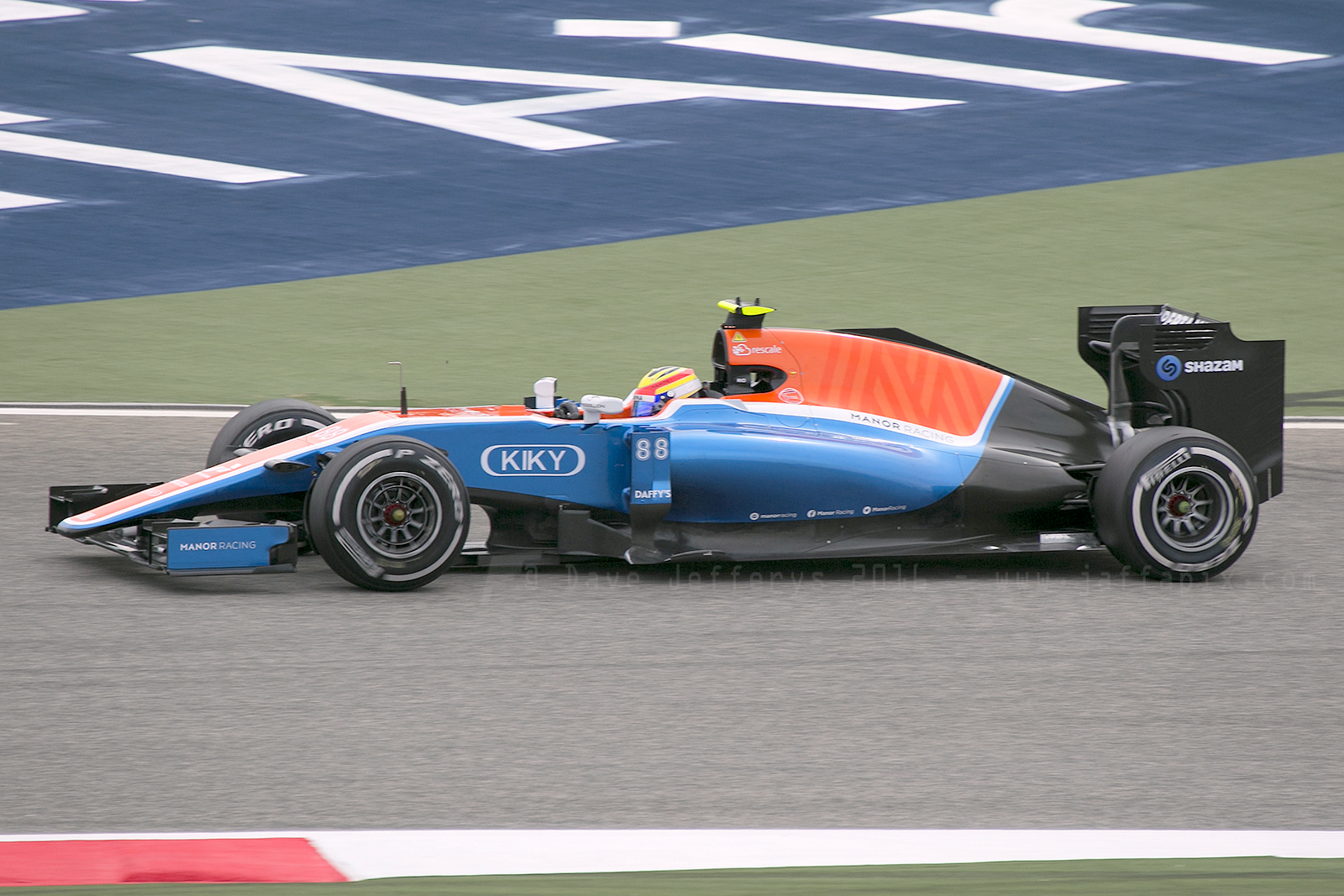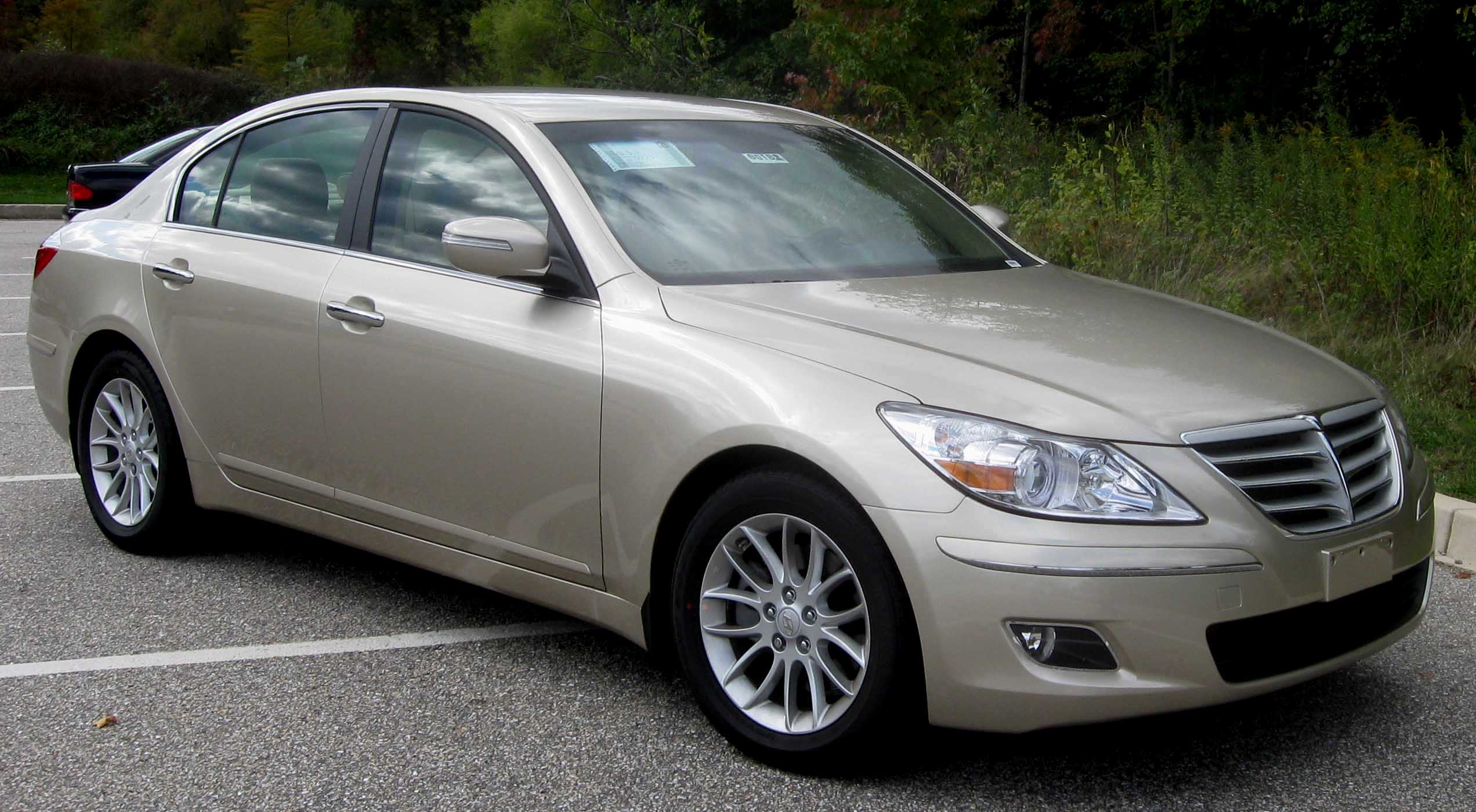|
Alba AR1
The Alba AR1 was a one-off experimental open-wheel formula racing car, designed by ex-Osella engineer Giorgio Stirano, and developed and built by Italian manufacturer Alba Engineering; constructed to Formula 3 Formula Three (F3) is a third-tier class of open-wheel formula racing. The various championships held in Europe, Australia, South America and Asia form an important step for many prospective Formula One drivers. History Formula Three (adop ... regulations, in 1981. References {{DEFAULTSORT:Alba AR3 Rear-wheel-drive vehicles Mid-engined cars Formula Three cars Cars introduced in 1981 Cars of Italy ... [...More Info...] [...Related Items...] OR: [Wikipedia] [Google] [Baidu] |
Alba Engineering
Giorgio Stirano (born 23 February 1950 in Turin) is an Italian racing car engineer, who worked for Forti and Osella in Formula One. Early career During his university years Stirano was a rally co-driver and used to contribute to the motor sports pages of the daily newspaper Tuttosport. In January 1976, after graduating in aeronautical engineering in 1975 at the Politecnico di Torino, he was hired by Osella Race Team as sports director and then went on to take on the role as team manager and project manager. At the time Osella raced in Formula 2, a category which they had entered into for the first time during the 1974 season after a period of minor successes in Italian sports car races and hillclimbing. When the young Stirano started working at Osella, he was given the assignment of managing all the projects relating to the sport competitions, including Formula Super Ford, Formula 3, Formula 2 and sport. In the winter of 1978, Stirano designed an evolution of the old Osella F ... [...More Info...] [...Related Items...] OR: [Wikipedia] [Google] [Baidu] |
Naturally-aspirated
A naturally aspirated engine, also known as a normally aspirated engine, and abbreviated to N/A or NA, is an internal combustion engine in which air intake depends solely on atmospheric pressure and does not have forced induction through a turbocharger or a supercharger. Description In a naturally aspirated engine, air for combustion ( Diesel cycle in a diesel engine or specific types of Otto cycle in petrol engines, namely petrol direct injection) or an air/fuel mixture (traditional Otto cycle petrol engines), is drawn into the engine's cylinders by atmospheric pressure acting against a partial vacuum that occurs as the piston travels downwards toward bottom dead centre during the intake stroke. Owing to innate restriction in the engine's inlet tract, which includes the intake manifold, a small pressure drop occurs as air is drawn in, resulting in a volumetric efficiency of less than 100 percent—and a less than complete air charge in the cylinder. The density of th ... [...More Info...] [...Related Items...] OR: [Wikipedia] [Google] [Baidu] |
Formula Three Cars
In science, a formula is a concise way of expressing information symbolically, as in a mathematical formula or a ''chemical formula''. The informal use of the term ''formula'' in science refers to the general construct of a relationship between given quantities. The plural of ''formula'' can be either ''formulas'' (from the most common English plural noun form) or, under the influence of scientific Latin, ''formulae'' (from the original Latin). In mathematics In mathematics, a formula generally refers to an equation or inequality relating one mathematical expression to another, with the most important ones being mathematical theorems. For example, determining the volume of a sphere requires a significant amount of integral calculus or its geometrical analogue, the method of exhaustion. However, having done this once in terms of some parameter (the radius for example), mathematicians have produced a formula to describe the volume of a sphere in terms of its radius: : V = ... [...More Info...] [...Related Items...] OR: [Wikipedia] [Google] [Baidu] |
Mid-engined Cars
In automotive engineering, a mid-engine layout describes the placement of an automobile engine in front of the rear-wheel axles, but behind the front axle. History The mid-engine, rear-wheel-drive format can be considered the original layout of automobiles. A 1901 Autocar was the first gasoline-powered automobile to use a drive shaft and placed the engine under the seat. This pioneering vehicle is now in the collection of the Smithsonian Institution. Benefits Mounting the engine in the middle instead of the front of the vehicle puts more weight over the rear tires, so they have more traction and provide more assistance to the front tires in braking the vehicle, with less chance of rear-wheel lockup and less chance of a skid or spin out. If the mid-engine vehicle is also rear-drive the added weight on the rear tires can also improve acceleration on slippery surfaces, providing much of the benefit of all-wheel-drive without the added weight and expense of all-wheel-drive compo ... [...More Info...] [...Related Items...] OR: [Wikipedia] [Google] [Baidu] |
Rear-wheel-drive Vehicles
Rear-wheel drive (RWD) is a form of engine and transmission layout used in motor vehicles, in which the engine drives the rear wheels only. Until the late 20th century, rear-wheel drive was the most common configuration for cars. Most rear-wheel drive vehicles feature a longitudinally-mounted engine at the front of the car. Layout The most common layout for a rear-wheel drive car is with the engine and transmission at the front of the car, mounted longitudinally. Other layouts of rear-wheel drive cars include front-mid engine, rear-mid engine, and rear-engine. Some manufacturers, such as Alfa Romeo, Lancia, Porsche (944, 924, 928) and Chevrolet (C5, C6, and C7 Corvettes), place the engine at the front of the car and the transmission at the rear of the car, in order to provide a more balanced weight distribution. This configuration is often referred to as a transaxle since the transmission and axle are one unit. History 1890s to 1960s Many of the cars built in the 19th cent ... [...More Info...] [...Related Items...] OR: [Wikipedia] [Google] [Baidu] |
Osella
Osella is an Italian racing car manufacturer and former Formula One team. They participated in 132 List of Formula One Grands Prix, Grands Prix between 1980 and 1990. They achieved two points finishes and scored five world championship points. Early days Osella was founded in Volpiano in 1965 by former rally driver Enzo Osella. The team began life by racing Abarth sports car racing, sports cars among local and national races in Italy since 1965. In 1974, Osella took over the factory Abarth sports car program and expanded into single-seater racing. In 1975, the team entered the 1975 European Formula Two Championship, European Formula Two Championship with Giorgio Francia and Duilio Truffo, achieving some success with its own car, the BMW in motorsport, BMW-powered Osella FA2. Osella continued in Formula Two the following season, but financial problems meant that the team was not competitive and withdrew from the championship before the end of the season. In the following yea ... [...More Info...] [...Related Items...] OR: [Wikipedia] [Google] [Baidu] |
Formula Racing
Formula racing, also known as open-wheel racing in North America, is any of several forms of open-wheeled single-seater motorsport. A "formula", first devised by FIA for its post–World War II single-seater races, is a set of regulations for a given type of car. The best known are Formula One, Formula E, Formula Two, Formula Three, regional Formula Three and Formula Four. Common usage of "formula racing" encompasses other single-seater series, including the IndyCar Series and the Super Formula Championship. Lower categories such as Formula Three and Formula Two are described as junior formulae, lower formulae, or feeder formulae, referring to their position below top-level series like Formula One on their respective career ladders of single-seater motor racing. There are two primary forms of racing formula: open formula, which allows a choice of chassis or engines; and control or "spec" formula, which specifies a single supplier for chassis and engines. Formula Three is an ... [...More Info...] [...Related Items...] OR: [Wikipedia] [Google] [Baidu] |
Open-wheel Car
An open-wheel car is a car with the wheels outside the car's main body, and usually having only one seat. Open-wheel cars contrast with street cars, Sports car racing, sports cars, Stock car racing, stock cars, and Touring car racing, touring cars, which have their wheels below the body or inside Fender (vehicle), fenders. Open-wheel cars are built both for road racing and oval track racing. Open-wheel cars licensed for use on public roads (Street-legal vehicle, street legal), such as the Ariel Atom, are uncommon, as they are often impractical for everyday use. History American racecar driver and constructor Ray Harroun was an early pioneer of the concept of a lightweight single-seater, open-wheel "monoposto" racecar. After working as a mechanic in the automotive industry, Harroun began competitive professional racing in 1906, winning the AAA National Championship in 1910. He was then hired by the Marmon Motor Car Company as chief engineer, charged with building a racecar intended ... [...More Info...] [...Related Items...] OR: [Wikipedia] [Google] [Baidu] |
Manual Transmission
A manual transmission (MT), also known as manual gearbox, standard transmission (in Canadian English, Canada, British English, the United Kingdom and American English, the United States), or stick shift (in the United States), is a multi-speed motor vehicle Transmission (mechanical device), transmission system where gear changes require the driver to manually select the gears by operating a gear stick and clutch (which is usually a foot pedal for cars or a hand lever for motorcycles). Early automobiles used ''sliding-mesh'' manual transmissions with up to three forward gear ratios. Since the 1950s, ''constant-mesh'' manual transmissions have become increasingly commonplace, and the number of forward ratios has increased to 5-speed and 6-speed manual transmissions for current vehicles. The alternative to a manual transmission is an automatic transmission. Common types of automatic transmissions are the Automatic transmission#Hydraulic automatic transmissions, hydraulic automatic ... [...More Info...] [...Related Items...] OR: [Wikipedia] [Google] [Baidu] |
Mid-engined
In automotive engineering, a mid-engine layout describes the placement of an automobile engine in front of the rear-wheel axles, but behind the front axle. History The mid-engine, rear-wheel-drive format can be considered the original layout of automobiles. A 1901 Autocar was the first gasoline-powered automobile to use a drive shaft and placed the engine under the seat. This pioneering vehicle is now in the collection of the Smithsonian Institution. Benefits Mounting the engine in the middle instead of the front of the vehicle puts more weight over the rear tires, so they have more traction and provide more assistance to the front tires in braking the vehicle, with less chance of rear-wheel lockup and less chance of a skid or spin out. If the mid-engine vehicle is also rear-drive the added weight on the rear tires can also improve acceleration on slippery surfaces, providing much of the benefit of all-wheel-drive without the added weight and expense of all-wheel-drive comp ... [...More Info...] [...Related Items...] OR: [Wikipedia] [Google] [Baidu] |
Inline-four Engine
A straight-four engine (also referred to as an inline-four engine) is a four-cylinder piston engine where cylinders are arranged in a line along a common crankshaft. The majority of automotive four-cylinder engines use a straight-four layout (with the exceptions of the flat-four engines produced by Subaru and Porsche) and the layout is also very common in motorcycles and other machinery. Therefore the term "four-cylinder engine" is usually synonymous with straight-four engines. When a straight-four engine is installed at an inclined angle (instead of with the cylinders oriented vertically), it is sometimes called a slant-four. Between 2005 and 2008, the proportion of new vehicles sold in the United States with four-cylinder engines rose from 30% to 47%. By the 2020 model year, the share for light-duty vehicles had risen to 59%. Design A four-stroke straight-four engine always has a cylinder on its power stroke, unlike engines with fewer cylinders where there is no power st ... [...More Info...] [...Related Items...] OR: [Wikipedia] [Google] [Baidu] |
Giorgio Stirano
Giorgio Stirano (born 23 February 1950 in Turin) is an Italian racing car engineer, who worked for Forti and Osella in Formula One. Early career During his university years Stirano was a rally co-driver and used to contribute to the motor sports pages of the daily newspaper Tuttosport. In January 1976, after graduating in aeronautical engineering in 1975 at the Politecnico di Torino, he was hired by Osella Race Team as sports director and then went on to take on the role as team manager and project manager. At the time Osella raced in Formula 2, a category which they had entered into for the first time during the 1974 season after a period of minor successes in Italian sports car races and hillclimbing. When the young Stirano started working at Osella, he was given the assignment of managing all the projects relating to the sport competitions, including Formula Super Ford, Formula 3, Formula 2 and sport. In the winter of 1978, Stirano designed an evolution of the old Osella F ... [...More Info...] [...Related Items...] OR: [Wikipedia] [Google] [Baidu] |








